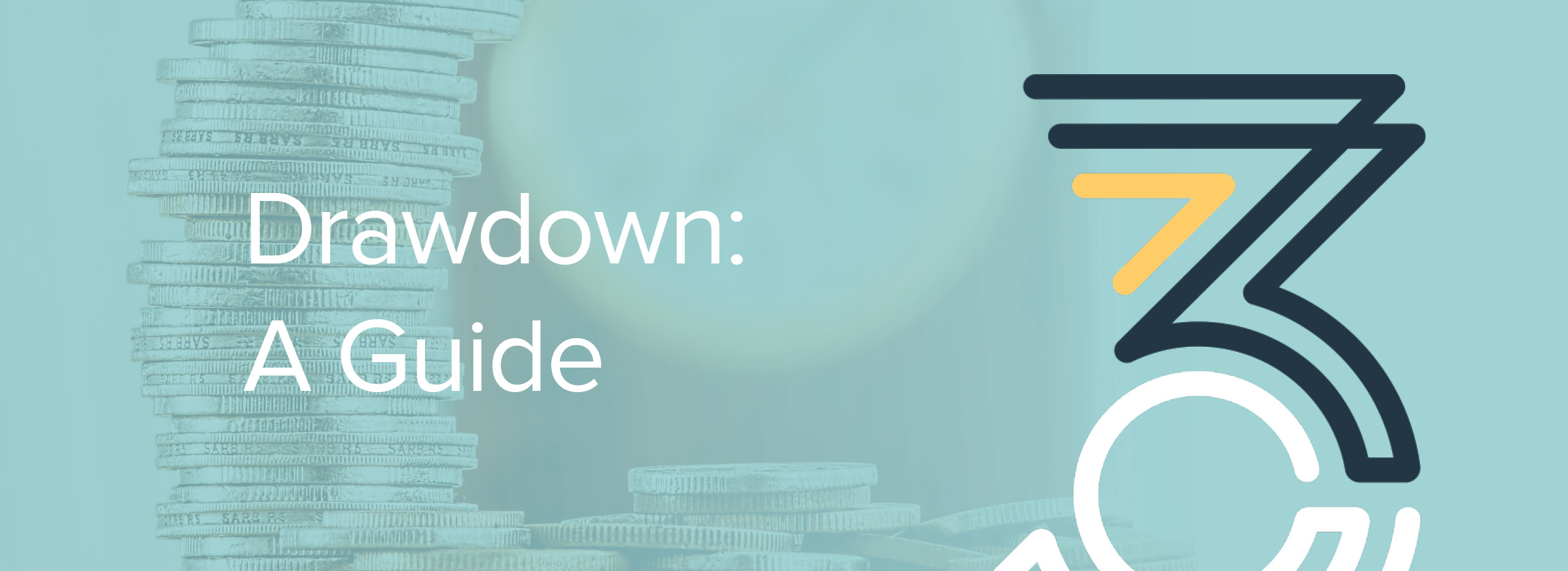‘Drawdown’ is a commonly referred to method of providing retirement income. Increasing in popularity due to the pension freedom rules and the recent years of low annuity rates, drawdown is a very common method of extracting income from your retirement pot.
It refers to the spending of retirement assets by simply dipping into those assets, whilst they (usually) remain invested.
Following our recent post on the sustainability of pension income (which can be found HERE), we explain the impact of spending your pension pot too quickly in the early years in this week’s post focusing on drawdown…
The idea is, you are able to continue to benefit from investment growth during retirement, whilst you spend some of the money. Naturally, investment carries risks; you can never guarantee a certain investment return or indeed, that the value of your pot will go up. However, you can help matters by ensuring that the income you draw is sustainable. This means it’s unlikely to erode your pension pot and in fact, your capital is more likely to be maintained over the longer term.
The below chart shows a pension pot of £300,000, invested at a moderate level of risk*. The income level required from this pension plan is £20,000 per annum. You can see the income taken is eroding the value of the pot over time. What happens if we have a market correction (fall)? What happens if you need to spend a lump sum, or, heaven forbid, live longer than planned? The issue with drawing this level of income, is that it puts the investor in a relatively weak position to recover from unpredicted setbacks or uncalculated surprises. Which, over a 30-or-so-year retirement, are highly likely to creep in at times.
The next chart shows a slightly more modest withdrawal, of £12,000 per annum. As we can see, the pension value can be broadly maintained over the longer term. If things run smoothly, the capital sum is likely to be preserved over the years, resulting in a pot of money which provides flexibility to the investor. However if circumstances don’t go quite to plan, there’s plenty of capital remaining to help absorb losses, withdrawals, or a longer duration of income.
The attraction of pension drawdown is that it could put you in a stronger position than buying an annuity would have provided, in terms of either flexibility and/or increased pension value. So it’s important to do what you can to protect the longer term, manage your income and be ready for bumps in the investing road. When done sensibly, pension drawdown investors can benefit from both long term growth potential and a flexible income (though this can’t be guaranteed of course).
Are you within 5 years of retirement? It’s important to seek advice on your retirement options soon, to help you plan your income strategy. Contact Three Counties for more information, at corryn.wild@three-counties.co.uk.
* Growth assumed is 4% per annum net of investment costs
Past performance is no guide to future performance and you could get back less than you invested. This is for information purposes only and does not constitute advice. If you do not understand any of the content, we would recommend you seek financial advice.


